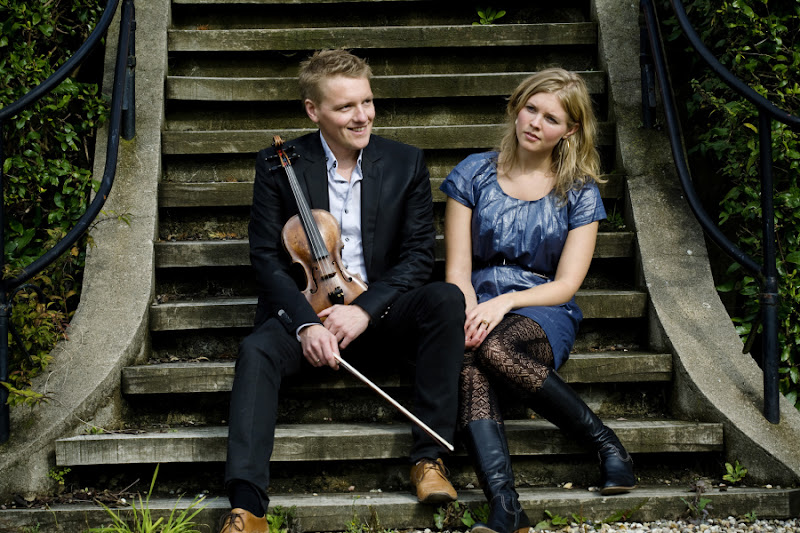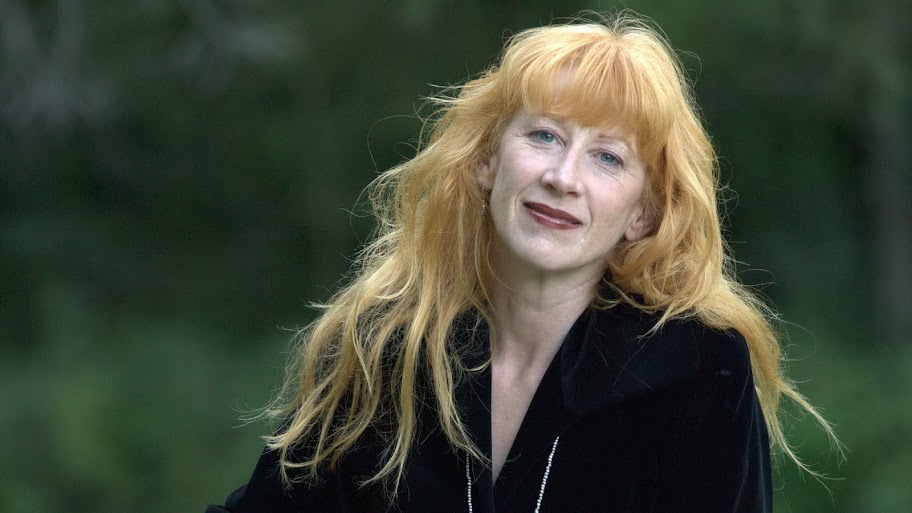Celtic Colours: A Tapestry of Celtic Culture
It might seem an unlikely place for cultures to meet and for tradition to endure -- and for both of those things to happen along side each other -- yet such things occur on Cape Breton Island. They have been happening for centuries, as waves of Gaels from Scotland's Highlands and Western Isles met up with First Nations people, with emigrants from Ireland, with New Englanders coming north, with French and Acadian settlers, and with those who came from Hungary, Ukraine, and farther afield to make Cape Breton home.
It's not that Cape Breton is a melting pot, exactly. It's rather a tapestry, in which strands of differing colors and textures weave and twine with each other and support each other in making a strong whole, each keeping its own strength and identity.
That is especially true in the Celtic Colours Festival, which this year marks its nineteenth year. As the people of Cape Breton welcome the world, there will be forty seven concerts and more than two hundred community events all across the island including meals, farmers markets, art exhibits, craft demonstrations and hands on workshops, music sessions, dances, talks, and nature walks in places from the Happy Clam Cafe in Cheticamp to the Community Centre Fire Hall in Big Pond, from Strathspey Place in Mabou to the Gaelic College in Saint Ann's, from the Wagmatcook First Nations Heritage Centre to the FireHouse Ironworks in Wycocomagh to Baile nan Gaidheal/Highland Village in Iona to Historic Fortress Louisbourg to Centre 200 in Sydney and dozens of other locations.
This year the festival begins with a concert in Port Hawkesbury. Loreena McKennitt, whose work focuses on following the journey of the Celts across cultures from Turkey to Ireland, to Scotland to Spain to Canada and beyond, will be making her first visit to the festival for this show. This year's artists in residence, Liz Doherty from Donegal in Ireland and Lucy MacNeil from Cape Breton, will help welcome attendees on the night. The String Sisters, whose members come from Ireland, Shetland, Norway, Sweden and the United States, celebrate each region's musical traditions and join up for powerhouse connections, while internationally respected step dancer, teacher, and choreographer Sabra MacGillvray brings the art of dance into the mix.
That's just the first concert on the first night. Before Ricky Skaggs and Kentucky Thunder explore Celtic connections to bluegrass, J.P.Cormier adds in his explorations of country and Cape Breton music, and the Barra MacNeils offer their take on the many influences on songs and tunes of Cape Breton at Centre 200 in Sydney to close out the festival on 17 October, the festival will see musicians from Scotland, Denmark, Ireland, Isle of Man, Norway, Sweden, the United States join musicians from Quebec, PEI, Newfoundland and Labrador, Ontario, Alberta, Nova Scotia, and all across Cape Breton to share their music and their stories.

Mary Ann Kennedy
That sounds as though there's a lot going on, and that is true. One of the things about all the concerts at Celtic Colours, and one that reinforces the community feeling always found across the island, though, is that is that three or more acts share each event's bill, offering sets on their own and then joining up for a finale -- and quite often they'll sit in with each other through the gig, as well.
A few highlights of the music:
Whether they are offering their own compositions or music from the traditions of Denmark, husband and wife duo of fiddle player Harold Haugaard and singer Helene Blum offer a trip to another aspect of Celtic culture and influence which always engages audiences on Cape Breton. Never thought of Denmark as a Celtic country? "Denmark is a harbor of music," Haugaard points out.

Harold Haugaard and Helene Blum
Mary Jane Lamond and Wendy MacIsaac have been friends and musical collaborators for going on two decades. With fiddle, Gaelic singing, the occasional bit of step dance, and support from Seph Peters on guitar and Cathy Porter on percussion, they have taken the music and stories of Cape Breton across the world and helped make them more accessible at home as well.
Originally from South Uist is Scotland's Western Isles Kathleen MacInnes brings her arresting voice and songs and stories in Gaelic. Mary Ann Kennedy, known for her creativity as a composer, Gaelic singer, and harp player, as well as her work as a broadcast presenter and producer in both Gaelic and English, will be making a return to Cape Breton too.

Kathleen MacInnes
The harp is one of the instruments Loreena McKennitt employs too, as part of her deeply layered and many faceted original music and interpretations of Celtic cultures and travels through history and across the world,. It is music which has attracted her fans and best selling recordings in more than a dozen countries. The harp is also the instrument for Irish musician Laoise Kelly from Ireland, a frequent and well-loved festival performer who is making a return visit this autumn.

Loreena McKennitt
Old Man Luedecke brings his lively banjo ballads, at once both old time and fresh, back for another turn on festival stages. Then there's Nic Gareiss, whose original take on Celtic music through dance and foot percussion inspired audiences during his time as artist in residence in 2014. He will return in collaboaration with several artists this year.
That's just a taste of the music on offer. This year the North Atlantic Fiddle Convention, a gathering which promotes the exchange of ideas across Atlantic music genres, will be held in Cape Breton alongside Celtic Colours, offering presentations, papers, and performances. No doubt convention attendees will join in fesitval events; festival artist in residence Liz Doherty, who is also a scholar of Celtic music, is one of those who will present at NaFCo, as the convention is known for short. In another aspect of outreach, many festival artists will take part in programs sharing their music in schools across Cape Breton.

Liz Doherty
Celtic Colours is not only music, and the music itself is not limited to nightly performances on stage. During the day you could learn the fiddle from scratch or take instruction at more advanced levels, sit in on a session, learn to step dance, contribute or listen to a Gaelic song circle. You might also go whale watching, take a hike through autumn landscapes, get hands on with a blacksmith's gear, explore art of Cape Breton's Acadian folk or First Peoples. You could have a lighthouse sandwich or sausage and eggs for breakfast, listen to fiddle tunes over your lunch of fishcakes and beans, ham and veg, or roast beef, and enjoy lobster or cod for supper or perhaps a Canadian Thanksgiving dinner.
After enjoying all this, it might be hard to wind down each night. Celtic Colours has thought of this: each night the Festival Club at the Gaelic College in Saint Ann's keeps music and conversation going into the early morning hours, and Kitchen Rackets at Saint Peter's offers late night sessions.
Ticketing and schedule information may be found at the festival's web site. If you will not be making it out to the festival, keep an eye out for information about possible live streaming of some events.
Kerry Dexter is music editor at Wandering Educators. You may reach her at music at wandering educators dot com.
You may find more of Kerry's work in National Geographic Traveler, Strings, Symphony, Perceptive Travel, Journey to Scotland, and other places on line and in print, as well as at her own site Music Road.
Photos:
Loreena McKennitt,Harald Haugaard and Helene Blume, and Liz Doherty courtesy of the artists and the festival
Kathleen MacInnes and Mary Ann Kennedy by Kerry Dexter




















